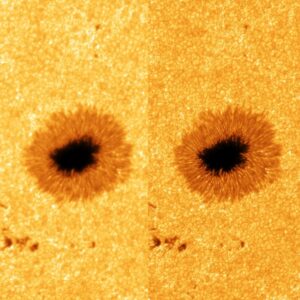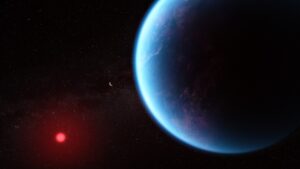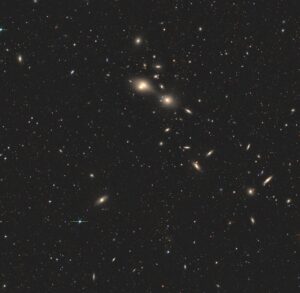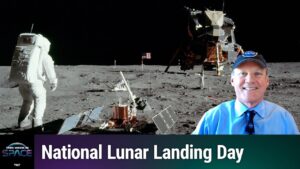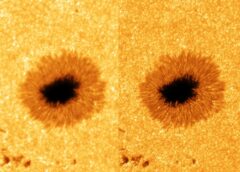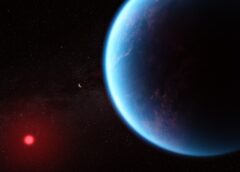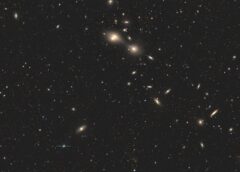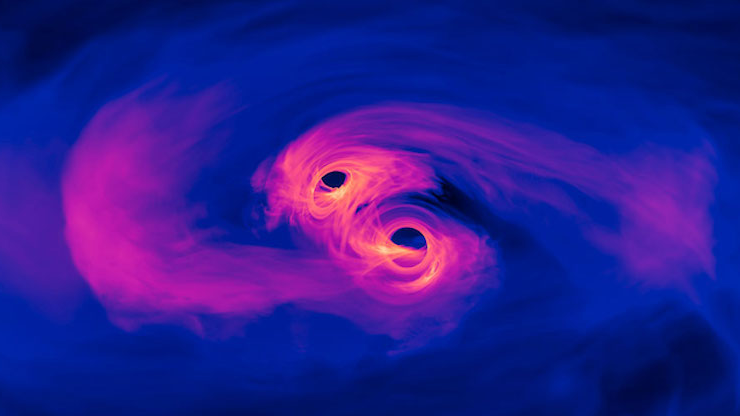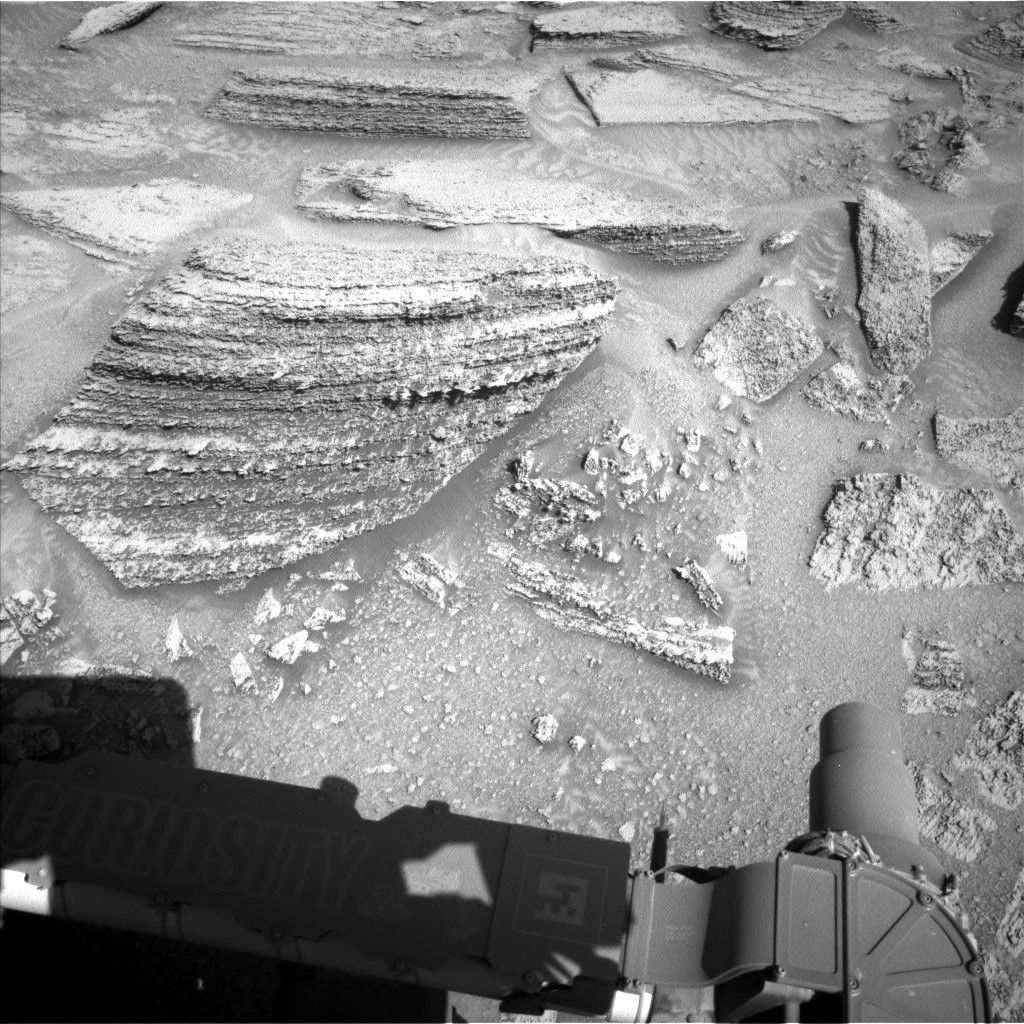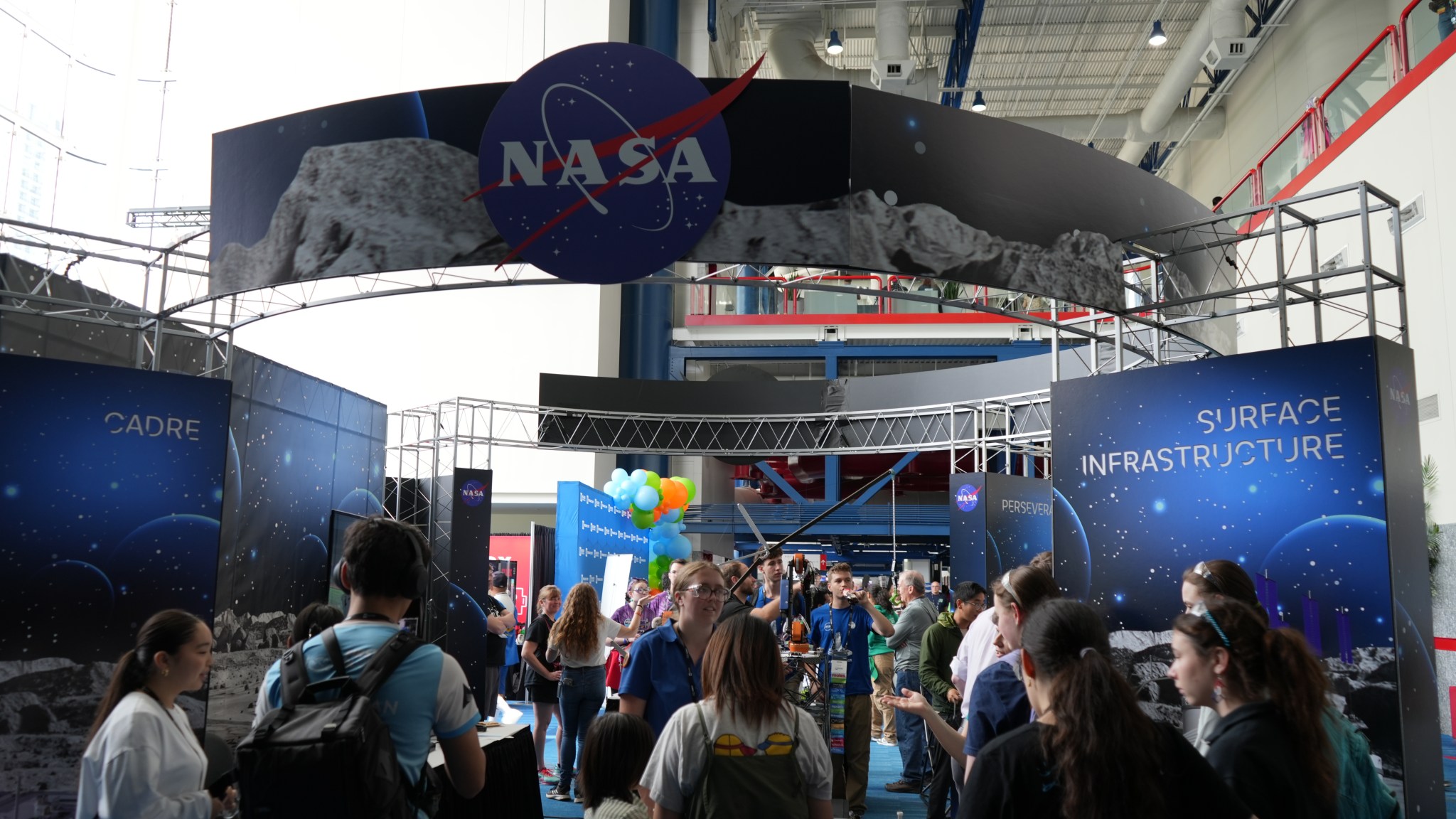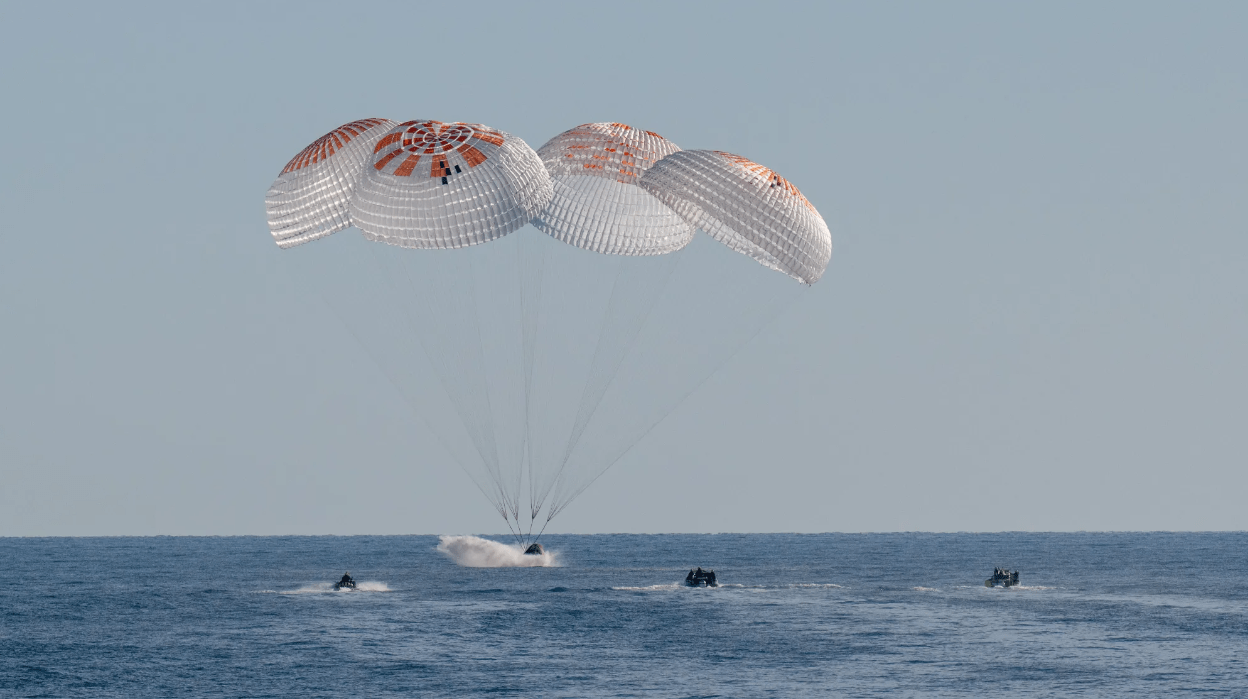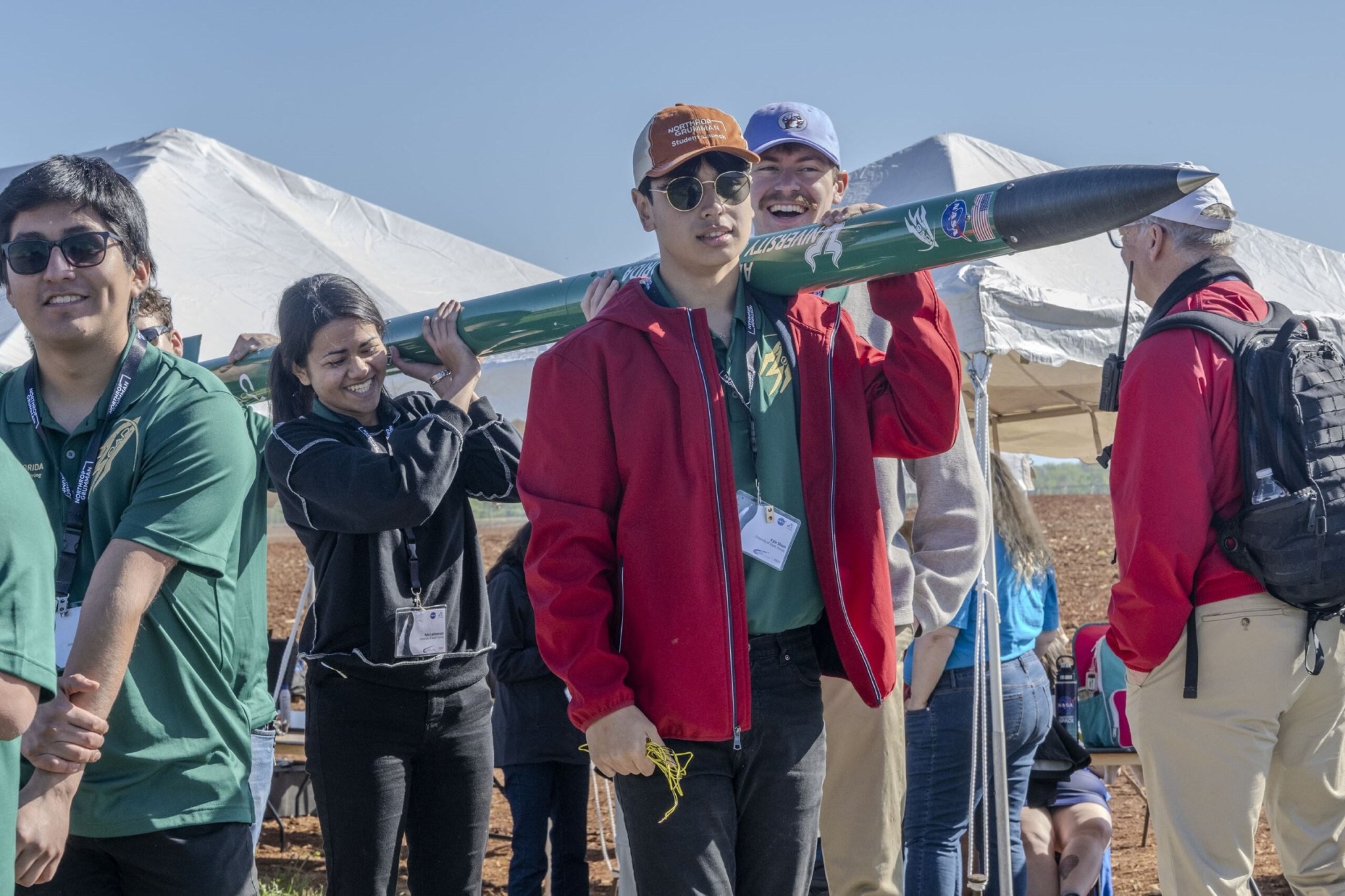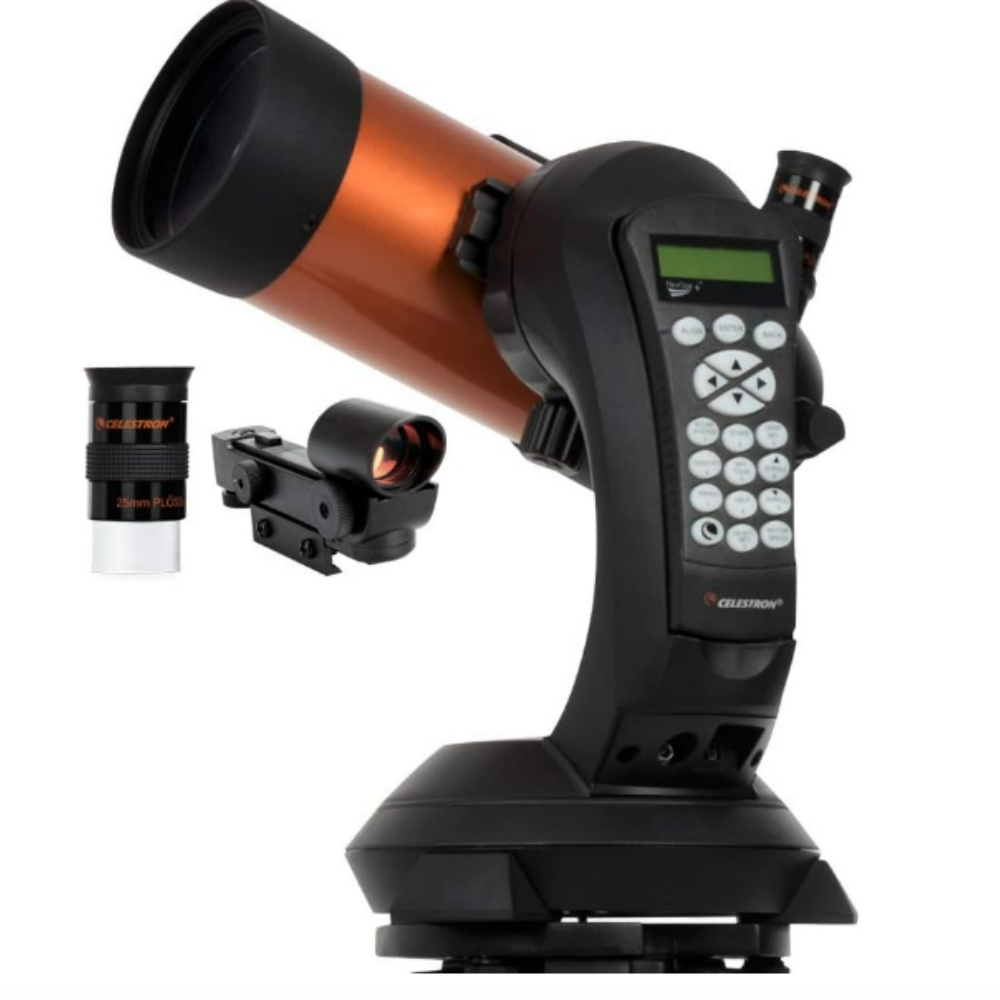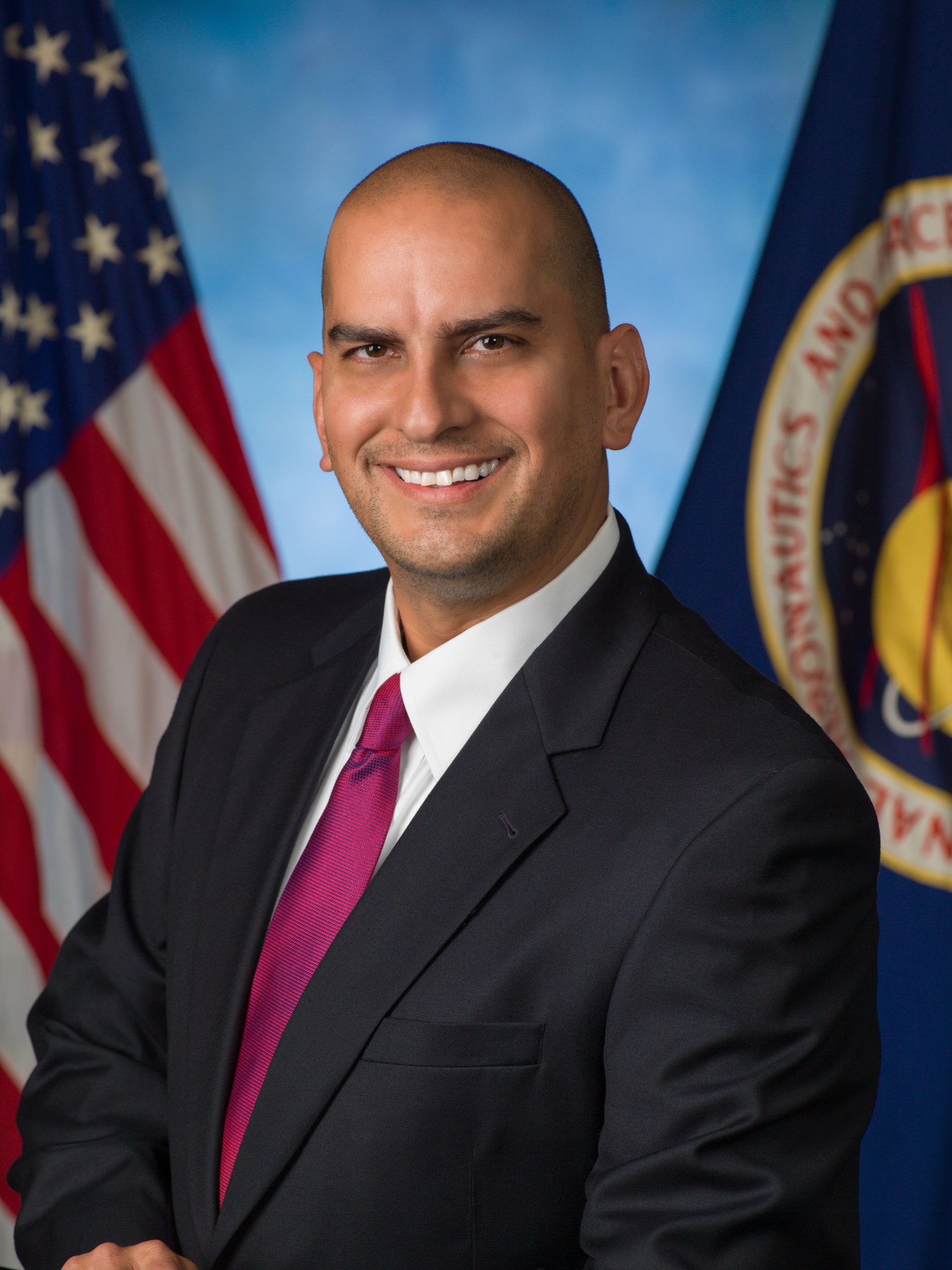The Nikon D850 has been reduced from $2,396.95 to a staggering $1,796.95, which is an incredible discount if you’re in the market for one of the best DSLR cameras ever made. It’s the first time we’ve seen the D850 come in at under $2,000, even beating the Black Friday price (which was $2,196.95). Get the Nikon D850 for just $1,796.95 and save $600 at Adorama. Our resident camera guru, Jase Parnell-Brookes, called the D850 an astrophotography master, and Jase highlighted the Nikon D850’s brilliant design with its backlit buttons, excellent…
Read MoreWhat can ripples in spacetime reveal about black holes? Quite a bit, it turns out
Cosmic echoes from some of the universe’s most violent collisions are far more nuanced than scientists had realized, according to new research. Like the lingering chime of a struck bell, tiny ripples in the fabric of spacetime are created when massive objects like black holes spiral toward each other and merge into a single, larger black hole. These ripples are known as “gravitational waves,” and astronomers rely on theoretical models to decode the waves’ faint signals, both in the final moments leading up to the merger and in the aftermath.…
Read MoreSols 4522-4524: Up on the Roof
Curiosity Navigation Curiosity Home Mission Overview Where is Curiosity? Mission Updates Science Overview Instruments Highlights Exploration Goals News and Features Multimedia Curiosity Raw Images Images Videos Audio Mosaics More Resources Mars Missions Mars Sample Return Mars Perseverance Rover Mars Curiosity Rover MAVEN Mars Reconnaissance Orbiter Mars Odyssey More Mars Missions Mars Home 4 min read Sols 4522-4524: Up on the Roof NASA’s Mars rover Curiosity acquired this image of target “Hale Telescope” (the layered rock left of center) using its Left Navigation Camera on April 23, 2025 — Sol 4519,…
Read MoreHow to Contribute to Citizen Science with NASA
8 Min Read How to Contribute to Citizen Science with NASA A number of NASA projects use mobile phone apps to put satellite data into the palm of your hand, and allow intrepid citizen scientists to upload data. Credits: NASA A cell phone, a computer—and your curiosity—is all you need to become a NASA citizen scientist and contribute to projects about Earth, the solar system, and beyond. Science is built from small grains of sand, and you can contribute yours from any corner of the world. All you need is…
Read MoreRobots, Rovers, and Regolith: NASA Brings Exploration to FIRST Robotics 2025
What does the future of space exploration look like? At the 2025 FIRST Robotics World Championship in Houston, NASA gave student robotics teams and industry leaders a first-hand look—complete with lunar rovers, robotic arms, and real conversations about shaping the next era of discovery. Students and mentors experience NASA exhibits at the 2025 FIRST Robotics World Championship at the George R. Brown Convention Center in Houston from April 16-18. NASA/Sumer Loggins NASA engaged directly with the Artemis Generation, connecting with more than 55,000 students and 75,000 parents and mentors. Through…
Read MoreHubble Spots a Squid in the Whale
This NASA/ESA Hubble Space Telescope image features the spiral galaxy Messier 77, also known as the Squid Galaxy.
Read MoreNASA Soars to New Heights in First 100 Days of Trump Administration
NASA astronauts Nick Hague, Suni Williams, Butch Wilmore, and Roscosmos cosmonaut Aleksandr Gorbunov land in a SpaceX Dragon spacecraft in the water off the coast of Tallahassee, Florida on March 18, 2025. Hague, Gorbunov, Williams, and Wilmore returned from a long-duration science expedition aboard the International Space Station. Credit: NASA/Keegan Barber Today is the 100th day of the Trump-Vance Administration after being inaugurated on Jan. 20. In his inaugural address, President Trump laid out a bold and ambitious vision for NASA’s future throughout his second term, saying, “We will pursue…
Read MoreNASA Invites Media to Agency’s 25th Annual Student Launch Challenge
3 min read Preparations for Next Moonwalk Simulations Underway (and Underwater) NASA’s annual Student Launch challenge will bring middle school, high school, and college students from around the country together to launch high-powered rockets and payloads. On Saturday, May 3, from 8:30 a.m.-2:30 p.m. CDT (or until the last rocket launches), student teams will convene for the agency’s 25th annual challenge at Bragg Farms in Toney, Alabama, near NASA’s Marshall Space Flight Center in Huntsville. Hundreds of students from across the U.S. and Puerto Rico launched amateur rockets near NASA’s Marshall Space Flight Center…
Read MoreSee a wafer-thin crescent moon leapfrog Jupiter this week
The delicate form of the crescent moon is set to draw close to the planet Jupiter in the post-sunset sky on April 29, before later making its closest approach to the gas giant from the perspective of Earth on April 30. Earth’s moon is currently emerging from its April 27 new moon phase, during which it passed between the sun and Earth, causing its shadow-drenched disk to be temporarily lost from sight in the sun‘s glare. In the coming days the moon will form a waxing crescent, which will grow…
Read MoreIn the Starlight: Jason Phillips’ Unexpected Path to Johnson Procurement
Sometimes an unexpected turn in a carefully planned career path leads to surprising opportunities for growth and exciting new experiences. For Jason Phillips, that turn steered toward NASA’s Johnson Space Center in Houston. Official portrait of Jason Phillips. NASA/Bill Stafford Phillips joined the U.S. Air Force in 1994 and planned to serve for at least 20 years, but in 2010—while preparing for a third deployment after 14 years of service—he found himself facing a medical separation from the military. “In a very short amount of time I had to figure…
Read More
